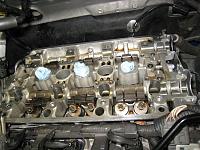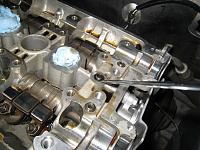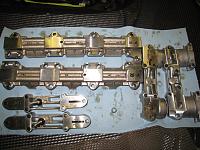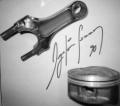
I think what Kaz is trying to explain is the difference between a catastrophic over-rev (instant destruction) and the accelerated wear caused by constantly keeping the engine at maximum RPM.
This dramatically accelerates the risk metal fatigue on all components. Without access to data, it's impossible to say by how much risk increases. Also once metal fatigue sets in, it's not an exact science as to when the component will actually crack.
For example, valve heads can suddenly fall off an S2000, due to too much earlier thrashing. Sometimes they actually go at quite low engine speeds, but still do enough damage.
There's a geometric progression, so the more you thrash the engine, the greater probability of a fatigue failure. It's like trying to define 'excessive' smoking, or drinking or whatever.
So don't suddenly stop using VTEC!
Nick
ďI find myself irresistibly attracted to cars that nobody else buys. The NSX is a classic of the genre because nobody buys it and yet itís a fantastic car. Itís got a wonderful compactness and simplicity and unpretentiousness to it. Honda rudely continues to make them whether we like it or not, even though there can be no commercial logic in doing so ó I thoroughly admire that.Ē Rowan Atkinson








 Reply With Quote
Reply With Quote

